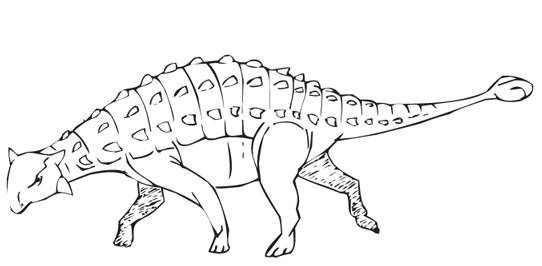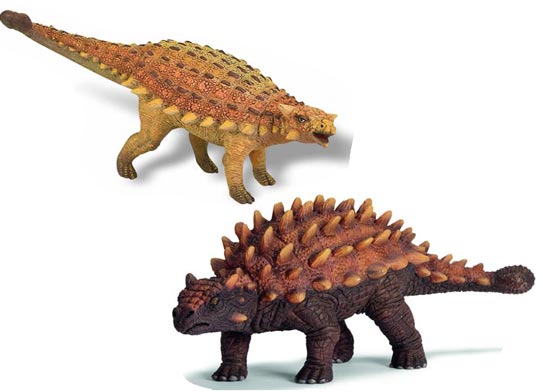Bolivian Dinosaur Footprints from the Early Cretaceous
Farmer finds Ancient Dinosaur Trackways
A Bolivian farmer called Primo Rivera who, had since childhood wondered about the strange marks in a rocky hill near his family home has helped a team of palaeontologists discover the oldest dinosaur trackways ever found in his country.
As a boy, Primo had often examined the strange potholes and dents exposed halfway up a rock face but he did not know what to make of them. It was only when he visited a dinosaur exhibit at Sucre, (the provincial capital), that he realised that the marks etched into the rock near his home might be dinosaur footprints.
“I used to come to look at the prints when I was a kid … but I didn’t know what had made them,” the farmer commented at a press conference.
The fossilised tracks are believed to date from the very beginning of the Cretaceous period, approximately 140 – 145 million years ago (Berriasian faunal stage).
In pictures, one of the researchers is measuring the stride length of a trackway. A lot of data can be gathered from such sets of prints, for example, an estimate of the size of the animal and its travelling speed. Scientists who study fossilised footprints, tracks and other trace fossils are called Ichnologists.
At least three different types of dinosaur are represented by the trackways, including an armoured Ankylosaur type dinosaur. These are the oldest footprints of Ankylosaurs ever found in the southern hemisphere. Some of the prints are over 30 cms long and indicate dinosaurs that would have been about 10 metres in length.
Dinosaur Trackways
Pictures show the approximate size of one of the prints (the hand is facing in the same direction as the dinosaur was walking). The prominent toes indicate ankylosaur, the depth to which the print has sunk shows that this animal was extremely heavy.
Close to the larger prints, the palaeontologists found smaller ones that probably belonged to baby dinosaurs. This might indicate that ankylosaurs were capable of providing parental care. Perhaps these large animals protected their offspring. Ankylosaur trackways have been found in South America before, in fact one such trackway indicates a trotting armoured dinosaur, moving at quite a speed, approximately 10 miles an hour, quite impressive for a large animal.
An Illustration of A Typical Ankylosaurid

Picture credit: Everything Dinosaur
The farmer by chance met a team of scientists carrying out research in the area and took them to see the strange marks in the rocks, once the team had examined them they quickly realised that they were looking at a very special site.
The Thyreophora
This group of armoured dinosaurs, part of the Thyreophora (shield bearers) along with stegosaurs, were built like tanks. They possessed heavy body armour and in the ankylosaurids – a defensive tail club. The group persisted right up until the end of the Mesozoic. The body armour, some species even had armoured eye shields, probably evolved to help protect these relatively slow moving herbivores from large theropods, allosaurs and carcharodontosaurids in South America at the start of the Cretaceous and tyrannosaurs in the northern hemisphere up to the end of the Age of Reptiles.
A Models of Ankylosauridae (Ankylosauridae)
Picture credit: Everything Dinosaur
To view the model of this dinosaur and other armoured dinosaurs: Dinosaur Models and Prehistoric Animal Toys.


